We’re all about fun kids’ science activities and making discoveries through play. It encourages scientific understanding, it develops analytical skills and, most importantly, it can awaken curiosity and awe. But in some cases a child playing around with science can achieve even more. Here are the stories of four children who made amazing scientific discoveries.
Sea Monsters
In the early 19th century the mysterious curios that could be found along the shore of Lyme Regis, Dorset, were gathered up by locals to sell to tourists. These curios were fossils, the imprints of ancient animals frozen in time, and the locals included the Anning family – Joseph, Mary and their parents. It was dangerous and difficult work, since the best finds occurred following winter landslides that uncovered hidden fossils. But the family needed the income. When Joseph was 14, and Mary 12, their efforts paid off, and together they uncovered the first complete ichthyosaurus skeleton. Scientists had found bits of these fossils before and weren’t sure if they were bits of fish, dolphins or crocodiles. In fact the ichthyosaurus was a remarkably fish-like marine reptile averaging 2-4 metres in length, which graced our seas until around 100 million years ago.
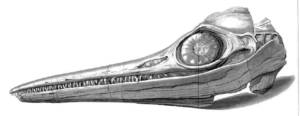
Mary went on to become a renowned fossil collector unearthing, amongst other discoveries, two plesiosaur skeletons and the first pterosaur remains to be found in Britain. If you’d like to get your kids outdoors and doing a fun science activity why not take them fossil hunting? A quick search online will tell you the best spots near you. Who knows what you could discover?
Exploding Stars
In 2011, Canadian Kathryn Gray was looking through images of starfields taken at an observatory, accompanied by her father, an amateur astronomer. Her father had explained how to compare old and new images to find changes in the stars. She pointed at the screen and asked, “is that one?”. It was, indeed, a previously-unknown supernova – the dramatic, explosive death of a star much larger than our Sun. Kathryn was just 10 years old at the time, and when her discovery was confirmed by the Royal Astronomical Society of Canada she became the youngest person to discover a supernova.
Incredibly, two years later Kathryn’s brother Nathan went on to make his own discovery. Scanning his father’s images just as Kathryn had done, he found his own supernova candidate. It was a great feat of sibling one-upmanship. Nathan was 33 days younger than Kathryn had been when she made her discovery, and he unseated her.
![A supernova - the explosion of a star much bigger than our Sun. Image Credit: NASA, ESA, HEIC, and the Hubble Heritage Team STScI/AURA). Acknowledgment: Y.-H. Chu and R. M. Williams (UIUC).]](https://www.letterboxlab.com/wp-content/uploads/2017/02/supernova-300x228.jpg)
A supernova. Image Credit: NASA, ESA, HEIC, and the Hubble Heritage Team STScI/AURA). Acknowledgment: Y.-H. Chu and R. M. Williams (UIUC).]
Plastic gobblers
16-year-old Daniel Burd was tired of opening a cupboard door in his house only to be buried beneath an avalanche of plastic bags. Other kids in this situation would sigh and pile them back in to the cupboard only to experience the avalanche again the next time they were asked to fetch a broom. Not Daniel. He was astounded to find how few viable solutions seemed to exist for the build-up of polyethylene bags across the globe.
We’ve all been told that polyethylene is not biodegradable. Daniel did something astounding, something that the greatest scientists of history have done before. He questioned the information presented him, and applied the scientific method to it.
For his school science fair project he mixed, tested, filtered and re-tested cocktails of polyethylene, salt, yeast and landfill dirt. Eventually he hit upon a recipe for microorganism culture that would degrade the 32% of the plastic in just six weeks. Given that by many estimates, a plastic bag will survive in our oceans for decades, this is an astonishing discovery. Through careful observation Daniel was able to identify tiny organisms that would gobble our plastic up and protect the world’s wildlife. You can read Daniel’s report, ‘Plastic Not Fantastic’ here.
Explosive molecules
In 2012, science teacher Kenneth Boehr handed out a moly-model set. You’ve probably seen them before – they are collections of balls and sticks that can be assembled into models of molecules. One of his pupils, 10-year-old Clara Lazen, got to work sticking and building. She stuck together “atoms” of nitrogen, oxygen and carbon to create a three-armed molecular beast, and showed it to her teacher. Boehr was bewildered – it looked feasible but he had no idea whether this molecule really existed. Curious, he showed it to his friend Robert Zoellner, a chemistry professor at Humboldt State University. Zoellner searched through an online database of known chemicals.
Clara probably never set out to invent an entirely new substance, but Zoellner’s search showed up no matches. He concluded her building project was an entirely conceivable but previously unknown chemical substance. What’s more, if it were to be made using real atoms of nitrogen, oxygen and carbon – now known as tetranitratoxycarbon – it would be explosive!
Usually 10 year olds making explosives is considered a very bad thing! in this case it earned Clara acknowledgement as a co-author on a research paper published in the journal Computational and Theoretical Chemistry.
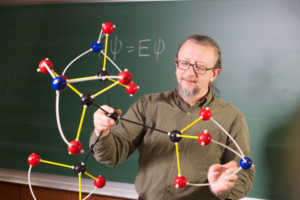
Zoellner with Clara’s model (now called Tetranitratoxycarbon) – Humboldt State University
Could your child be the next Clara Lazen or Nathan Gray? Encourage them to question what they are told and to explore and investigate their surroundings, and perhaps they will. Our science subscription boxes, available to pre-order now and shipping from April, will set them on a path to discovery. If you can’t wait, you could start investigating real data as a citizen scientist. Head over to Zooniverse and start taking part in crowdsourced science experiments!
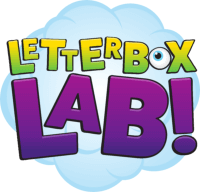
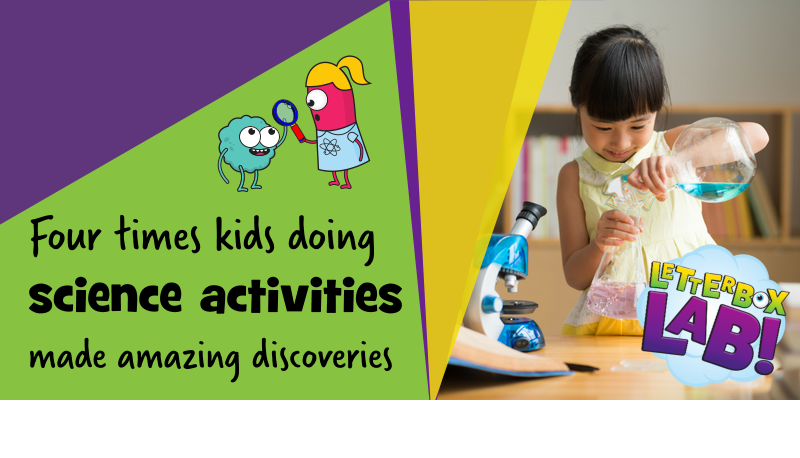
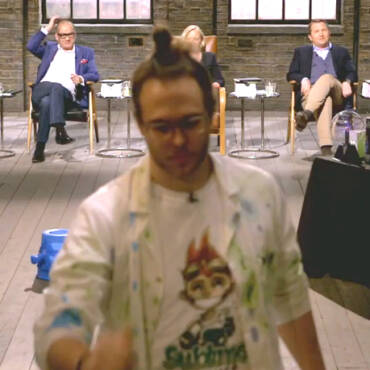
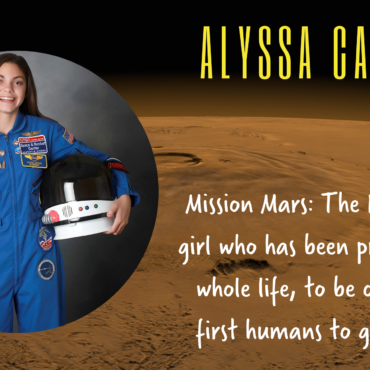
1 Comment
Add Comment